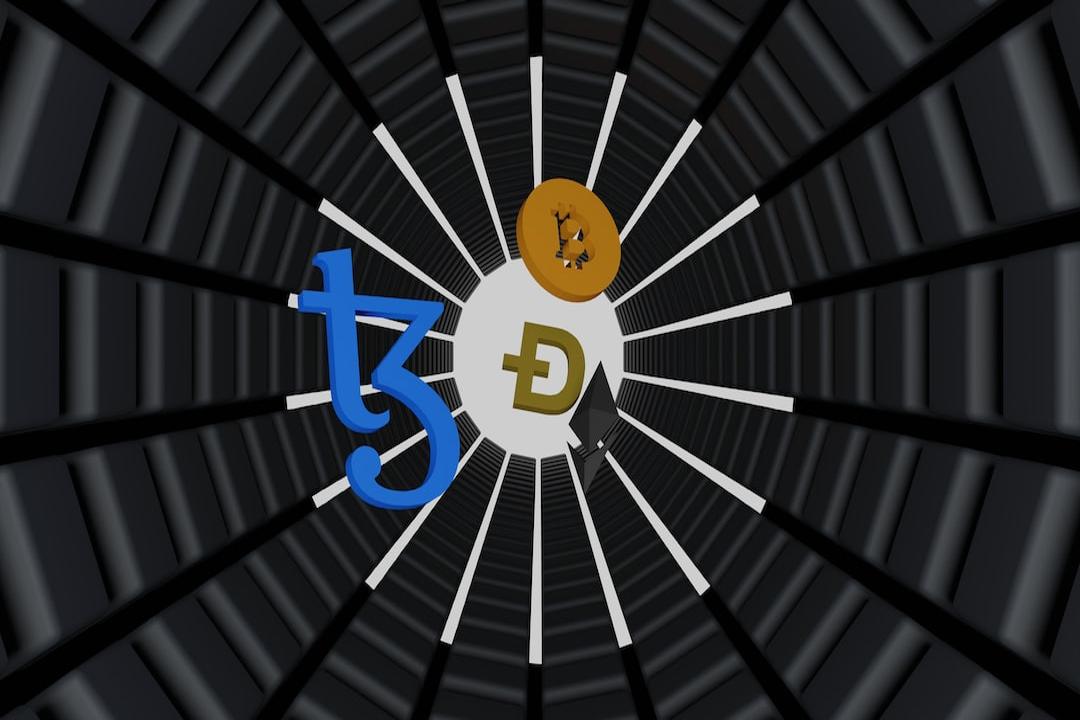Ostium: An RWA On-Chain Platform Utilizing Stablecoins for Hedging Real-World Assets While Earning Airdrops
DEX Ostium Focused on RWA Launches Points System
The DEX Ostium, focused on Real-World Assets (RWA), has recently launched a points system, attracting numerous players to trade or deposit into liquidity pools for earnings. In April, the platform’s fee revenue reached 1.6 million dollars. Users interested in traditional finance may also leverage this platform to hedge without needing to withdraw funds into the real world, perhaps considering the recently soaring gold prices, or safe-haven currencies like the euro or yen.
What is Ostium?
Ostium is a trading platform based on Ethereum Layer 2, concentrating on bringing real-world assets onto the blockchain for trading, including major indices, commodities, and forex, providing transparent and non-custodial trading services with leverage up to 200 times. Investors and partners include GSR, Coinbase, Alchemy, and TWO SIGMA, among others.
According to Dune’s data, Ostium has accumulated a trading volume of 5.74 billion dollars, with 7,050 users and total trading fees amounting to 2.29 million dollars. In terms of trading volume, besides Bitcoin and Ethereum taking the first and second positions, the euro and yen also show robust trading volumes, accounting for 12% and 11% respectively. Additionally, gold and the S&P 500 index each account for around 10% of the trading volume, indicating that many traders use this platform to handle traditional financial products.


Ostium’s Shared Liquidity Layer Design
Ostium does not adopt a traditional centralized limit order book but instead utilizes a so-called Shared Liquidity Layer (SLL). The SLL comprises a Liquidity Buffer and a Market Making Vault to reduce the scenario where liquidity providers offer direct liquidity to traders. The primary feature of its model is the introduction of traditional financial quotations, where the Liquidity Buffer acts as a counterparty. When the buffer cannot provide liquidity, the Market Making Vault extends liquidity. In return, the Market Making Vault can earn liquidation rewards and trading fees. User funds wishing to participate as liquidity providers are deposited and withdrawn solely through the Market Making Vault, preventing liquidity fluctuations caused by capital inflows and outflows in the buffer.


Is There No Risk in User Counterparties?
Due to Ostium’s system utilizing a single reference price for each trading asset, derived from real-world oracle prices, it is equivalent to engaging in counterparty trading with users. When users make significant profits, it might lead to losses for the liquidity buffer. A research report published by Ostium last year indicated that since each trading pair on the platform is priced in USD, the use of a diversified asset portfolio and long-short combinations, funneling all trades into the same liquidity buffer, can achieve a risk diversification effect.
The report emphasized the benefits of integrating real-world assets and provided new perspectives for quantifying and managing risks within these complex systems through the development of imbalance scores. Simulations and data analyses in the report showed that incorporating risk-weighted assets could significantly reduce risks, lowering both the average value and variance of imbalance scores, and highlighted the value of synthetic risk-weighted assets in diversifying and stabilizing AMM portfolios.
Liquidity providers deposit their capital into the Market Making Vault to mint OLP tokens, representing their share in the vault. Additionally, they earn trading fee rewards for assuming potential delta risks, with the current annualized return rate at 9.9%. The observed Collateralization Ratio stands at 98.73%, below 100%, indicating that LP providers still bear the risks associated with user counterparties.


TALKCHAIN Introduces How to Earn Airdrop Points
The on-chain analysis team TALKCHAIN recently introduced ways to earn points in their latest video, suggesting that users trade to acquire points, rather than taking risks as LP providers, which could also present opportunities for some airdrops. Users interested in traditional finance may also leverage this platform to hedge without needing to withdraw funds into the real world, perhaps considering the recently breaking new highs in gold, or safe-haven currencies like the euro or yen?
Risk Warning
Investing in cryptocurrencies carries a high level of risk, and prices may fluctuate significantly, potentially resulting in the loss of your entire principal. Please carefully assess the risks.
